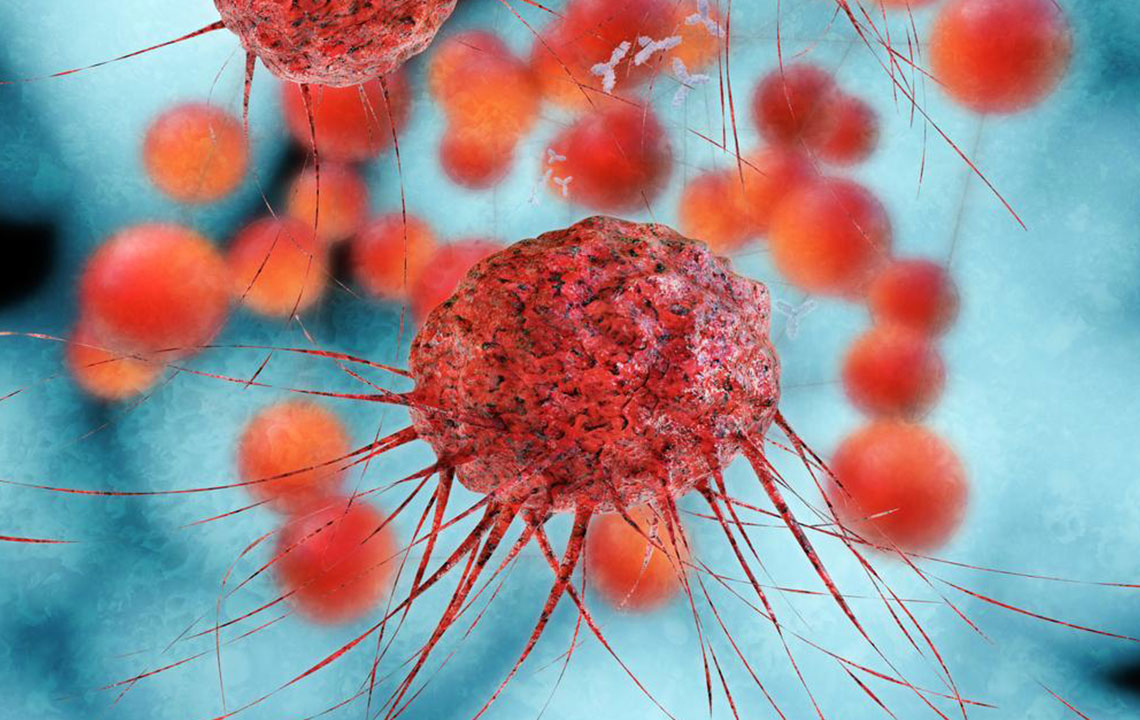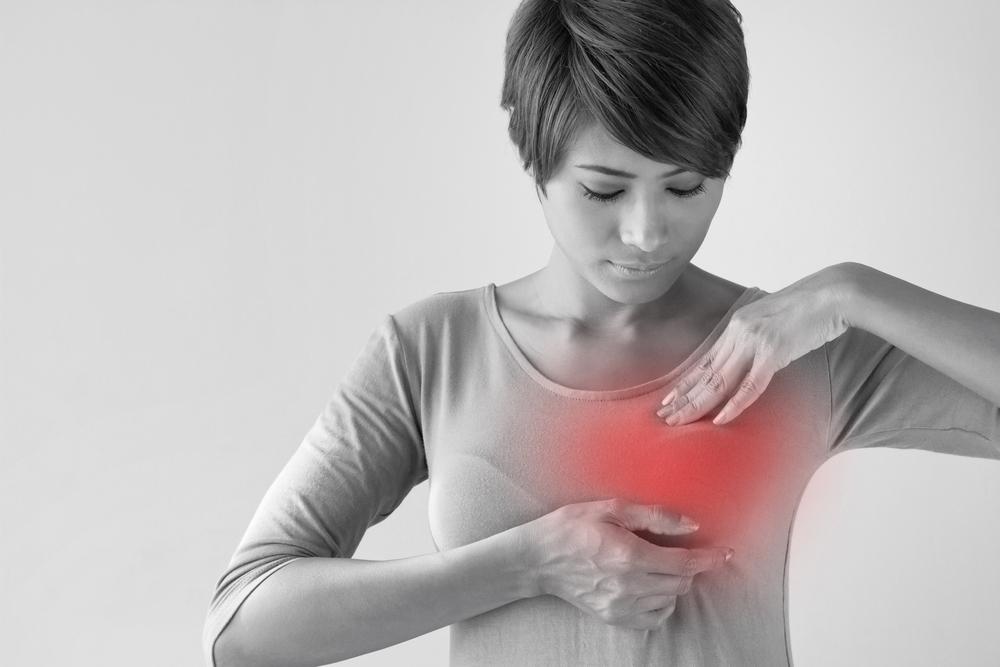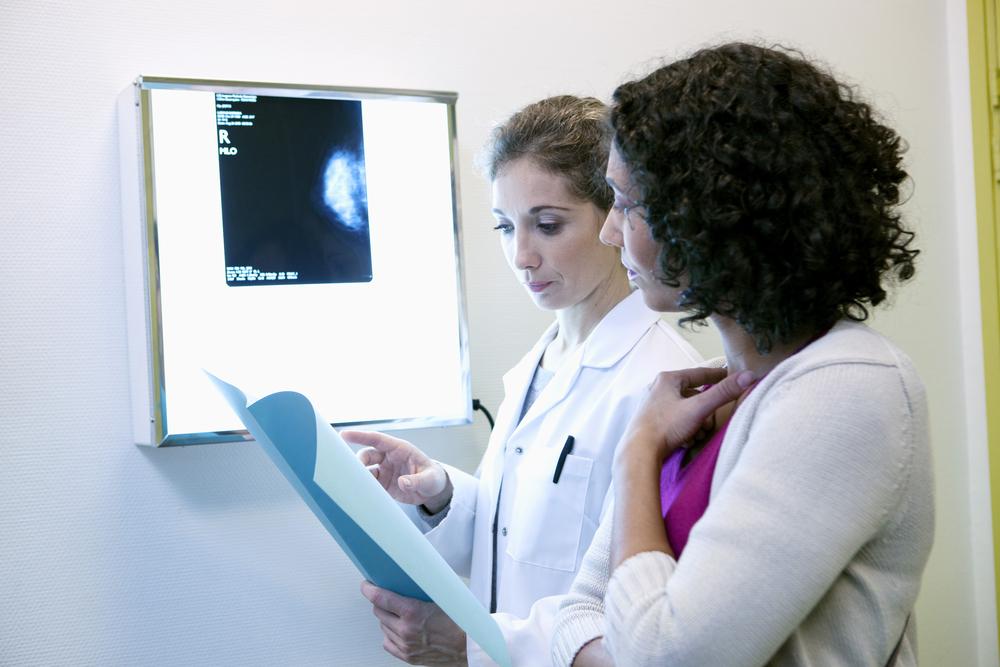In-Depth Overview of Advanced Breast Cancer: Causes, Stages, Symptoms, and Treatment Options
This comprehensive article offers an in-depth look at advanced breast cancer, covering its causes, progression through various stages, symptoms to watch for, and top treatment centers. Early detection significantly improves prognosis, and understanding disease signs is crucial for timely intervention. Explore expert insights and treatment options for managing this aggressive disease and improving survival chances.

In-Depth Overview of Advanced Breast Cancer: Causes, Stages, Symptoms, and Treatment Options
Breast cancer remains one of the most concerning health issues faced by women worldwide. The American Cancer Society indicates that the development of breast cancer often begins with benign breast tumors that grow over time. These tumors can sometimes be detected on X-ray imaging, especially as they enlarge. Over time, some of these tumors can become malignant, invading surrounding tissues and leading to serious health complications. Among the various stages of breast cancer, Stage 4 is recognized as the most advanced and aggressive form, with significantly lower survival rates compared to early stages.
Is Breast Cancer a Common Disease Among Women?
Breast cancer ranks as one of the most prevalent cancers affecting women, second only to skin cancer. Statistically, women have approximately a 12% chance of developing breast cancer during their lifetime. This high prevalence underscores the importance of early detection and awareness. Below, we explore crucial facts about late-stage breast cancer, its impact on patients, and the significance of understanding disease progression.
Annually, approximately 40,920 women lose their lives to advanced breast cancer worldwide, making it a leading cause of cancer-related mortality among women.
In 2018 alone, over 266,120 new cases of breast cancer were diagnosed among women, emphasizing the disease's widespread impact.
Remarkably, the mortality rate for advanced stages has declined by approximately 39% between 1989 and 2015, mainly due to improvements in detection and treatment.
More than 3.1 million women in the United States are currently living with a diagnosis of advanced breast cancer, highlighting the need for ongoing treatment and support.
Incidence rates are rising more slowly in the African-American community, with an increase of roughly 0.3% annually, reflecting demographic and healthcare disparities that need addressing.
Understanding the Stages of Breast Cancer
According to the National Cancer Institute, breast cancer advances through several clearly defined stages, each characterized by specific tumor size, spread, and severity:
Stage 1: The cancer is relatively localized, with tumors measuring up to 2 centimeters confined within the breast tissue. During this phase, cancer cells are limited to nearby lymph nodes, if any are involved.
Stage 2: The tumor begins to grow larger than 2 centimeters and begins affecting more lymph nodes in the underarm area but has not yet spread to distant parts of the body. At this stage, local spread is evident.
Stage 3: The cancer becomes more aggressive, with tumors possibly causing skin changes such as ulcers or inflammation. The disease may have spread extensively to lymph nodes and surrounding tissues, but distant metastasis has not occurred yet.
Stage 4: This is the most advanced characteristic of breast cancer, where the disease has metastasized beyond the breast and nearby lymph nodes to other parts of the body, such as bones, liver, lungs, or brain. It is often termed metastatic breast cancer and requires specialized treatment approaches.
Recognizing the Symptoms of Advanced Breast Cancer
As breast cancer progresses into its later stages, symptoms become more severe and varied. Women should be vigilant for signs that may indicate advanced disease, including skin changes, lumps, swelling, fatigue, nipple discharge, and sleep disturbances. Typical symptoms associated with late-stage breast cancer include:
Inflammatory breast cancer can cause the skin of the breast to become red, swollen, and inflamed, often resembling an infection and resulting from lymphatic blockage caused by cancer cells.
In the early phases, the breasts may appear normal, but as the disease advances, swelling, firmness, and the development of palpable lumps are common.
Metastatic breast cancer often causes prominent lumps that can extend to the arms or chest wall, along with persistent swelling, bone pain, or neurological symptoms depending on the metastasis location.
Leading Treatment Centers for Advanced Breast Cancer
Early diagnosis is critically important as survival rates diminish significantly with late detection. For example, the five-year survival rate drops to approximately 22% for stage 4, compared to about 72% for stage 3. Advances in medical technology have led to the establishment of specialized treatment centers worldwide that provide cutting-edge cancer care. Some of the most reputable cancer treatment institutions include:
Moffitt Cancer Center and Research Institute in Tampa, Florida
UCLA Medical Center in Los Angeles, California
University of Michigan Hospitals and Health Centers in Ann Arbor
Memorial Sloan Kettering Cancer Center in New York City
Cleveland Clinic in Ohio
MD Anderson Cancer Center affiliated with the University of Texas in Houston
These centers are equipped with advanced diagnostic tools, multidisciplinary teams, and integration of innovative treatment options such as immunotherapy, targeted therapy, and personalized medicine, ensuring optimal outcomes for patients with advanced disease.




